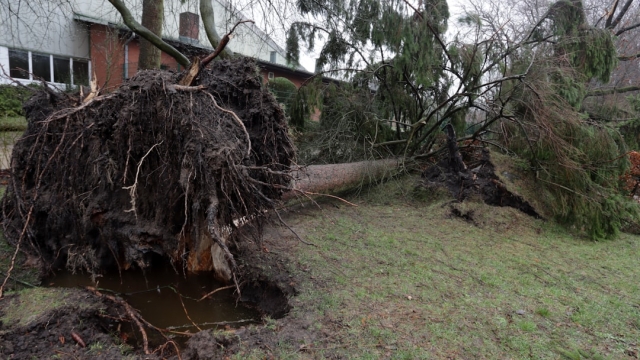The Essential Guide to Gutter Systems: Insights from royal-gutters.com
Gutters play a crucial role in protecting homes and buildings by managing rainwater and preventing damage to foundations, siding, and landscaping. Choosing the right gutter system and ensuring proper installation and maintenance are key to safeguarding any property. Drawing upon the expertise and resources available at royal-gutters.com, this article explores the fundamental concepts of gutter systems, their importance, and the best practices for maintaining their effectiveness.
The Importance of a Quality Gutter System
A well-designed gutter system channels rainwater away from a structure’s foundation, reducing the risks of erosion, basement flooding, and structural damage. Beyond basic protection, gutters also help maintain curb appeal by preventing unsightly water stains on exterior walls and protecting landscaping from excessive water flow. The choice of gutter material, installation technique, and regular upkeep all contribute to the longevity and performance of the system.
Types of Gutter Materials
Several materials are commonly used in gutter fabrication, each with its own advantages. Understanding the fundamental properties of these materials helps homeowners make informed decisions:
- Aluminum: Lightweight, corrosion-resistant, and easy to install, aluminum gutters are a popular choice for residential properties.
- Steel: Known for strength and durability, steel gutters are often galvanized to resist rust and are suitable for areas with heavy rainfall.
- Copper: Offering a distinctive appearance and excellent durability, copper gutters develop a patina over time and require minimal maintenance.
- Vinyl: Lightweight and easy to work with, vinyl gutters are cost-effective but may not withstand extreme temperatures as effectively as metal options.
Key Considerations for Gutter Installation
The effectiveness of any gutter system depends on proper installation. Some essential considerations include:
- Slope and Position: Gutters must be positioned with a gentle slope toward downspouts to ensure efficient water flow and prevent pooling.
- Downspout Placement: Downspouts should be strategically located to direct water away from the building’s foundation, and splash blocks or extenders can help guide runoff to safe drainage areas.
- Seamless vs. Sectional: Seamless gutters reduce the risk of leaks and require fewer joints, while sectional systems may be easier to repair but could be more prone to leaks at connection points.
Gutter Maintenance Tips
Regular maintenance is essential for any gutter system to function effectively. Here are some best practices recommended by gutter professionals:
- Routine Cleaning: Remove leaves, twigs, and debris from gutters and downspouts to prevent clogs and water overflow.
- Inspect for Damage: Check for signs of rust, leaks, sagging, or loose fasteners, and repair or replace damaged sections as needed.
- Install Guards: Gutter guards or screens can reduce the frequency of cleaning by minimizing debris accumulation.
Choosing a Reliable Gutter Specialist
Selecting a reputable gutter service provider ensures the system is installed and maintained properly. Experienced professionals can recommend suitable materials, custom-fit solutions, and provide expert maintenance. For property owners seeking guidance, resources, or professional services royal-gutters.com offers valuable information and support in all aspects of gutter care.
Conclusion
Gutter systems are a foundational element of property protection, requiring thoughtful selection, expert installation, and ongoing maintenance. By understanding the core principles of gutter design and care, homeowners can extend the life of their investment and prevent costly water damage. For more detailed information, resources, or to connect with specialists in the field, visit royal-gutters.com.


